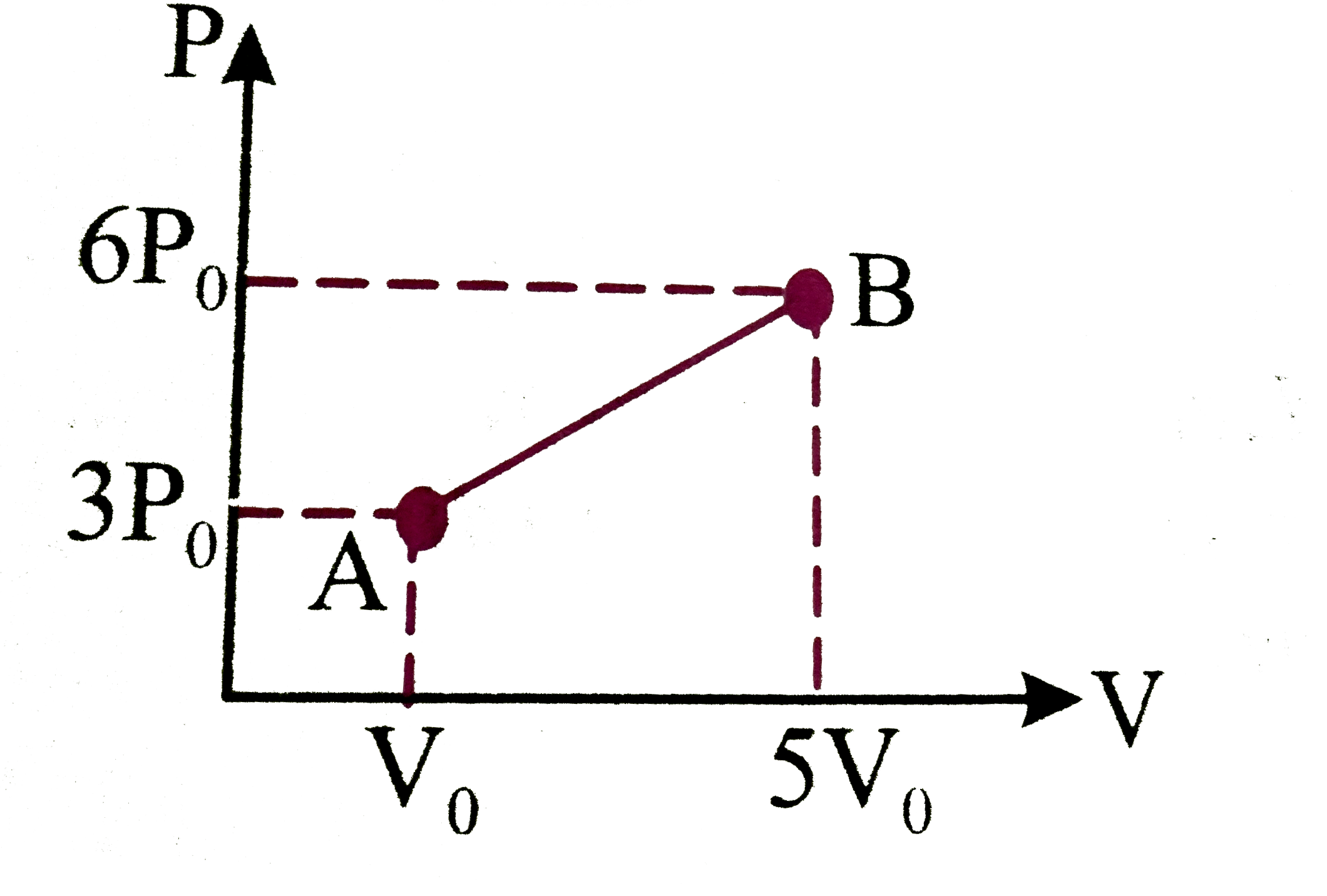In the given elliptical P−V diagram
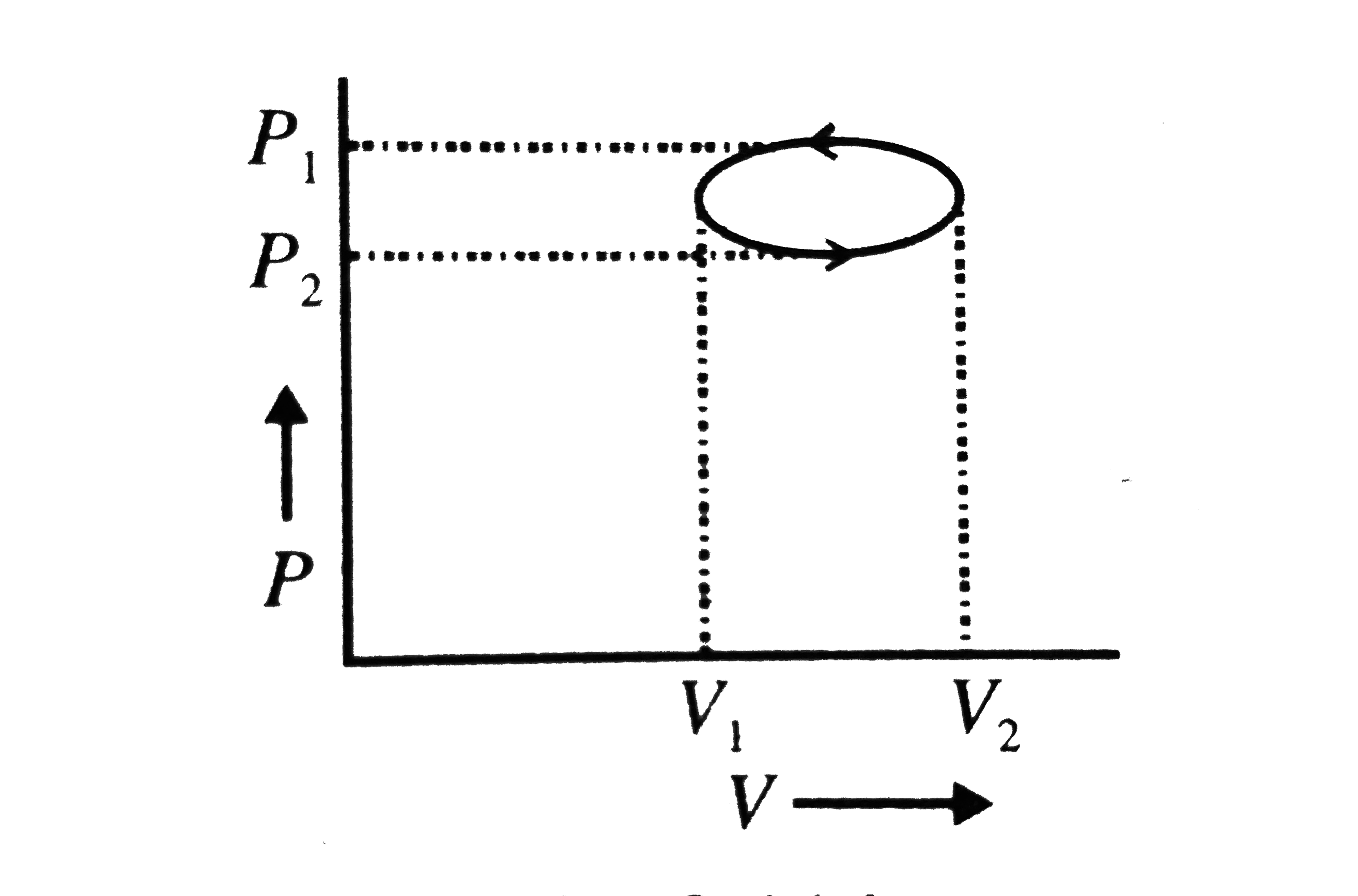
the work done is positive
the change in internal energy is non-zero
the work done =−(π/4)(P2−P1)(V2−V1)
the work done =π(V1−V2)2−π(P1−P2)2
The correct Answer is:C
c. The work done = area of P−V diagram
a=V2−V12,b=P2−P12
W=−π(V2−V12)(P2−P12)
But the cyclic process is anitclockwise, Hence, the wor done is negative
Topper's Solved these Questions
- BOOK - CENGAGE PHYSICS ENGLISHCHAPTER - KINETIC THEORY OF GASES AND FIRST LAW OF THERMODYNAMICSEXERCISE - Multiple Corrects29videos
KINETIC THEORY OF GASES AND FIRST LAW OF THERMODYNAMICS
- BOOK - CENGAGE PHYSICS ENGLISHCHAPTER - KINETIC THEORY OF GASES AND FIRST LAW OF THERMODYNAMICSEXERCISE - Assertion-Reasoning6videos
KINETIC THEORY OF GASES AND FIRST LAW OF THERMODYNAMICS
- BOOK - CENGAGE PHYSICS ENGLISHCHAPTER - KINETIC THEORY OF GASES AND FIRST LAW OF THERMODYNAMICSEXERCISE - Subjective22videos
KINETIC THEORY OF GASES AND FIRST LAW OF THERMODYNAMICS
- BOOK - CENGAGE PHYSICS ENGLISHCHAPTER - KINETIC THEORY OF GASESEXERCISE - Compression2videos
KINETIC THEORY OF GASES
- BOOK - CENGAGE PHYSICS ENGLISHCHAPTER - LINEAR AND ANGULAR SIMPLE HARMONIC MOTIONEXERCISE - Single correct anwer type14videos
LINEAR AND ANGULAR SIMPLE HARMONIC MOTION
Similar Questions
Knowledge Check
- Question 1 - Select One
A planet revolves around the sun in an elliptical orbit. If vp and va are the velocities of the planet at the perigee and apogee respectively, then the eccentricity of the elliptical orbit is given by :
AvpvaBva−vpva+vpCvp+vavp−vaDvp−vavp+va
Consider the modes of transformations of a gas form state A to state B as shown in the given P−V diagram. Which one of the following is true?
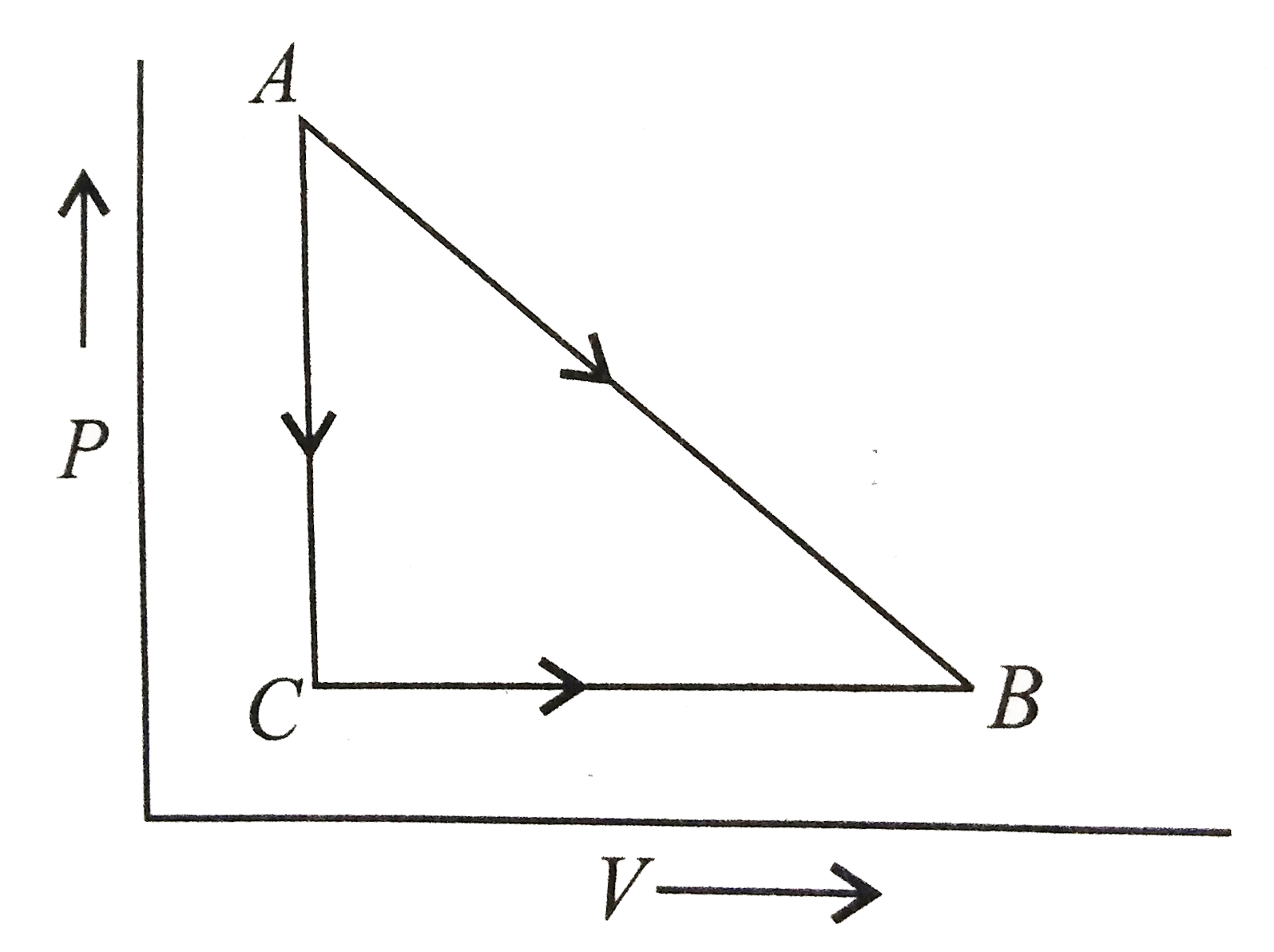 View Solution
View SolutionIn the given (V-T) diagram, what is the relation between pressure P1andP2 ?
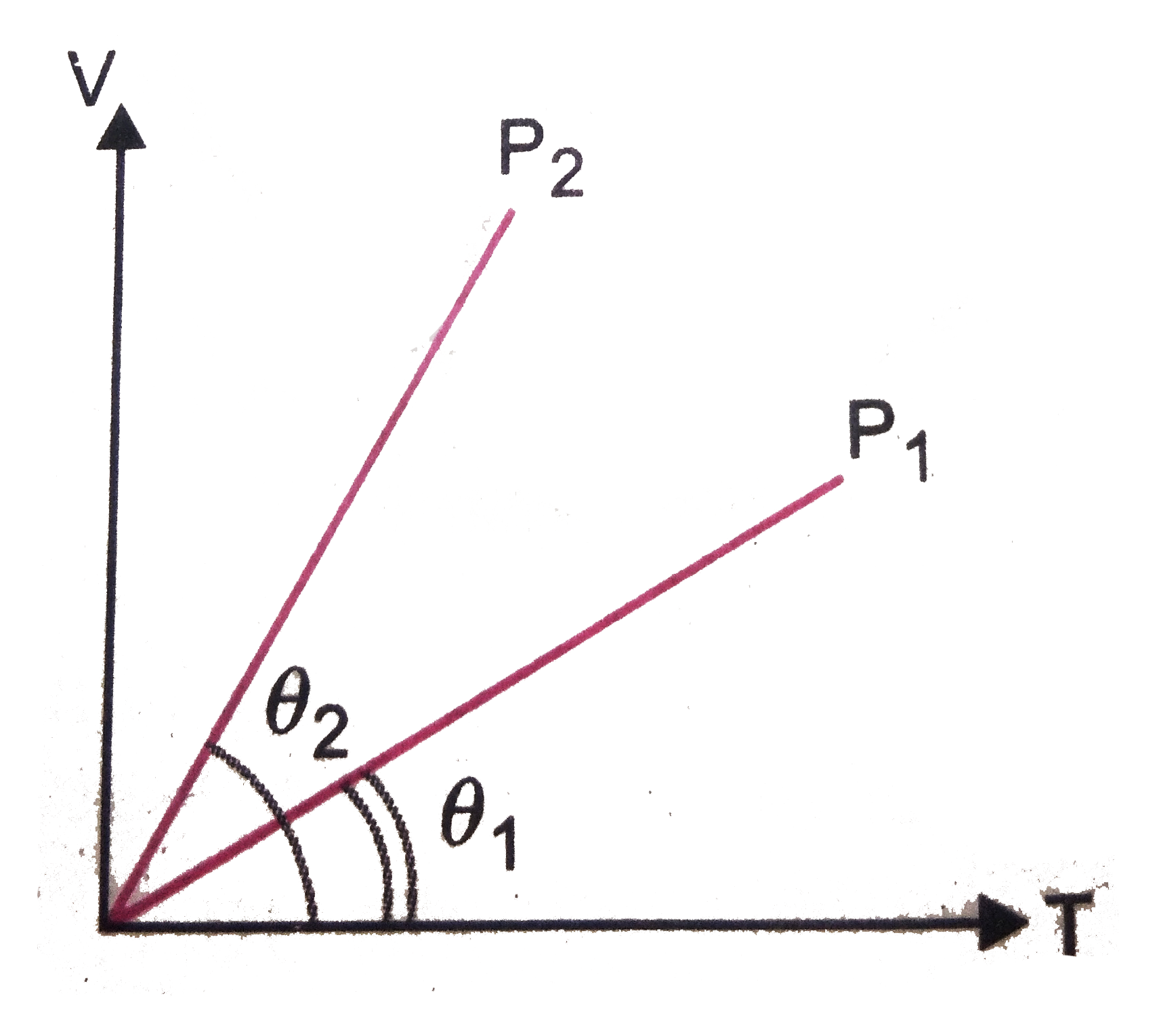 View Solution
View SolutionIn the given (V-T) diagram, what is the relation between pressure P1andP2 ?
 View Solution
View SolutionIn the given (V-T) diagram, what is the relation between pressure P1andP2 ?
 View Solution
View SolutionAnalyze the action of restriction endonuclease in the given below diagram represented as P and Q .
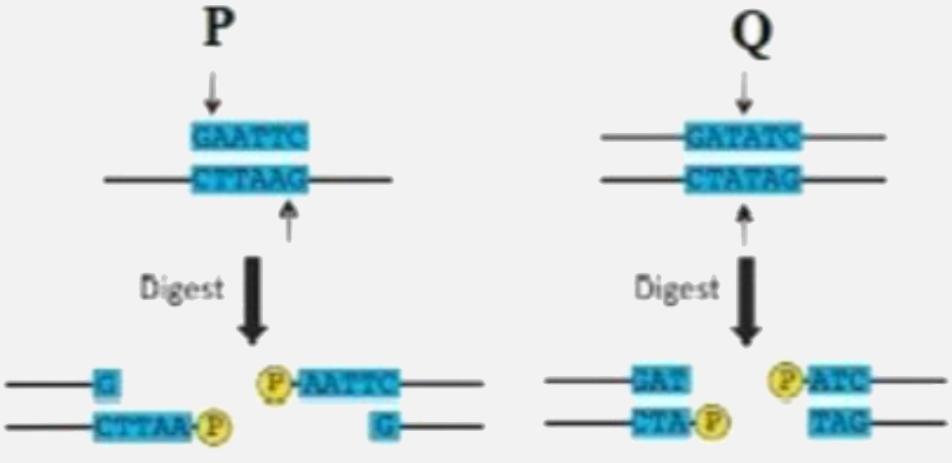 View Solution
View SolutionIn the following P-V diagram two adiabatics cut two isothermals at temperature T1andT2 (fig). The value of VaVd will be
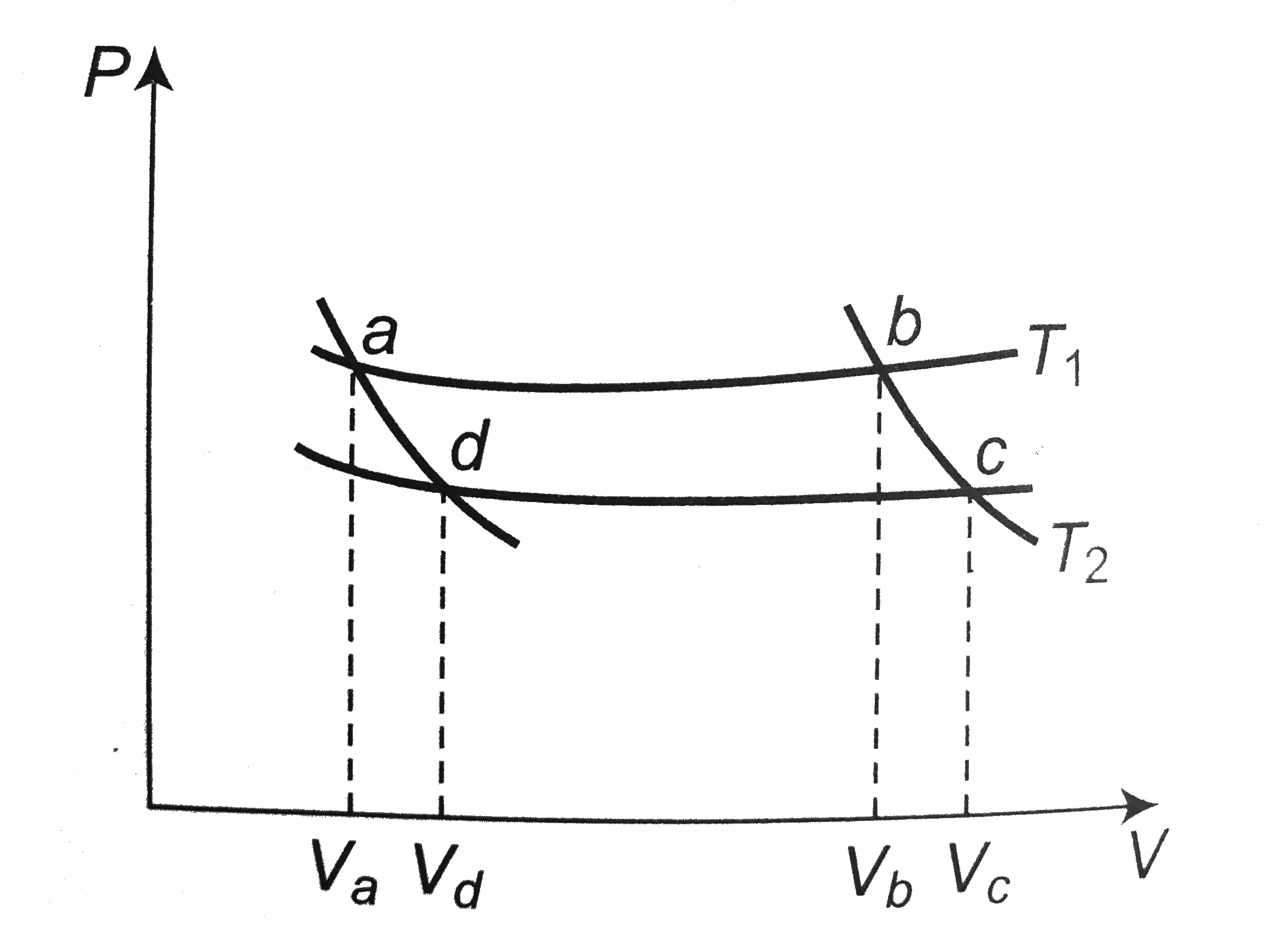 View Solution
View SolutionA cyclic process ABCA shown in the V-T diagram is performed with a constant mass of an ideal gas. Show the same process on a p-V diagram, In the figure, CA is parallel to the V-axis and BC is parallel to the T-axis.<br><imga≤ocr_imageload∈g=lazysrc=https://d10lpgp6xz60nq.cloudfront.net/physics_imagesHCV_VOL2_C24_S01_010_Q01.pngwh=80%mx-autosty≤=background:white;>
View Solution



